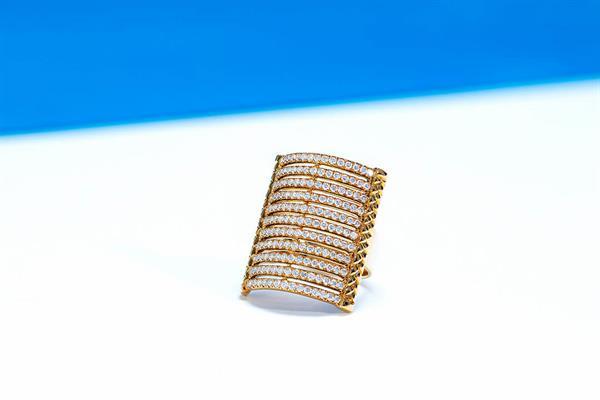Why Facelift Alone Cannot Treat The Entire Face
If you are looking into the mirror and thinking your face could use a bit of help in looking younger, the first option you might consider is a facelift. Often, a facelift is synonymous with plastic surgery done to enhance our facial features. But most times, a facelift may not help you achieve the facial rejuvenation you were looking to achieve. To add a spark of youthfulness or remove any feature you’re unhappy with, you may need to choose a different procedure to use with or instead of a facelift.
What Can a Facelift Do?
When considering whether a facelift is the right facial rejuvenation procedure for you, the first question you should ask yourself is: what part of my face I wish to improve? A facelift primarily addresses the lower portions of the face, including your cheeks and your jawline. If you are unhappy with your upper neck, a facelift may address that portion of your body.
What specific concerns can a facelift help you address? If your goal includes any of the following, a facelift would be your best choice:
Removing excessive skin in the face and neck:
- Having excessive facial and neck skin is a natural part of the aging process for many because our skin loses elasticity as we age. For patients who want to remove their jowls and other excess facial skin, they find that the procedure helps their facial features look more defined.
Enhancing already strong facial features:
- Facelift surgery will definitely enhance any features that already exist. But a facelift alone will not give defined cheeks to a patient who does not have them underneath the loose skin. Fortunately, there are several procedures that can be used along with a facelift to help provide you a better definition in your face.
Addressing Sagging Facial Muscles:
- It isn’t just facial skin that sags as we age, our facial muscles drop, too. While early facelifts only removed excess skin, modern facelifts can lift the superficial muscular aponeurotic system of the face, known as the SMAS.
The Popularity of Facelift Surgery
According to the International Society of Aesthetic Plastic Surgery (ISAPS), over 400,000 people had a facelift surgery in 2017. However, a facelift is only one of several other face & head procedures that the ISAPS studied. The top eight plastic surgery procedures in 2017 involving the neck, face, and head were:
- brow lift
- ear surgery
- eyelid surgery
- facial bone contouring
- fat grafting face
- neck lift
- rhinoplasty (nose jobs)
As that list demonstrates, many patients who were seeking to enhance their faces did so through the use of surgeries other than a facelift.
What if You Have Sagging Forehead Skin
As we age, many of us experience a wrinkly forehead that sags as our jawlines and necks do. The skin in the forehead has the same aging process as the skin in our lower face and neck. But a facelift will help with skin sagging in the forehead. Sagging skin in the brow or forehead can lead to us looking tired or unhappy all the time. To reduce sagging in the forehead or brows, facial plastic surgeon Dr. Andrew Jacono recommends a brow lift.
Drooping Eyelids
As we age, the drooping around our eyelids can drastically increase. This can affect not only your appearance but your vision. While a facelift cannot help you with drooping eyelids, blepharoplasty can. This surgery removes excess skin, fat, and muscles on the upper and lower eyelid.
Wrinkles and Lines
Sometimes, a facelift may improve many of the deep wrinkles in your skin by smoothing out your sagging facial tissue. But a common part of aging is the development of fine lines and wrinkles. Your facelift will not affect these. In many cases, a specialist can treat the fine lines without the use of surgery. Instead, injections such as Botox, Dysport, and Xeomin can be used to smooth frown lines, crow’s feet, and forehead creases.
The Hollowness in the Face
While excessive skin may be one issue that you might want to change on your face, another common sign of aging is a hollow appearance around our eyes and cheeks. In some cases, dermal fillers, gel-like substances, can restore the volume to these areas. Other patients may opt for facial implants or micro-fat grafts. Besides adding volume to a hollow area, these fillers, implants, and graphs can smooth out lines and wrinkles.
Deciding Whether a Facelift is Right for You
Many patients have a facelift and other procedures to enhance their facial features. If you are uncertain about which procedures are right for you, the best decision is to speak with a board-certified plastic surgeon. For New York patients, Dr. Andrew Jacono at the New York Center for Facial Plastic & Laser Surgery can help you make your decision. Dr. Jacono is certified in both Facial Plastic and Reconstructive Surgery and Head and Neck Surgery.





